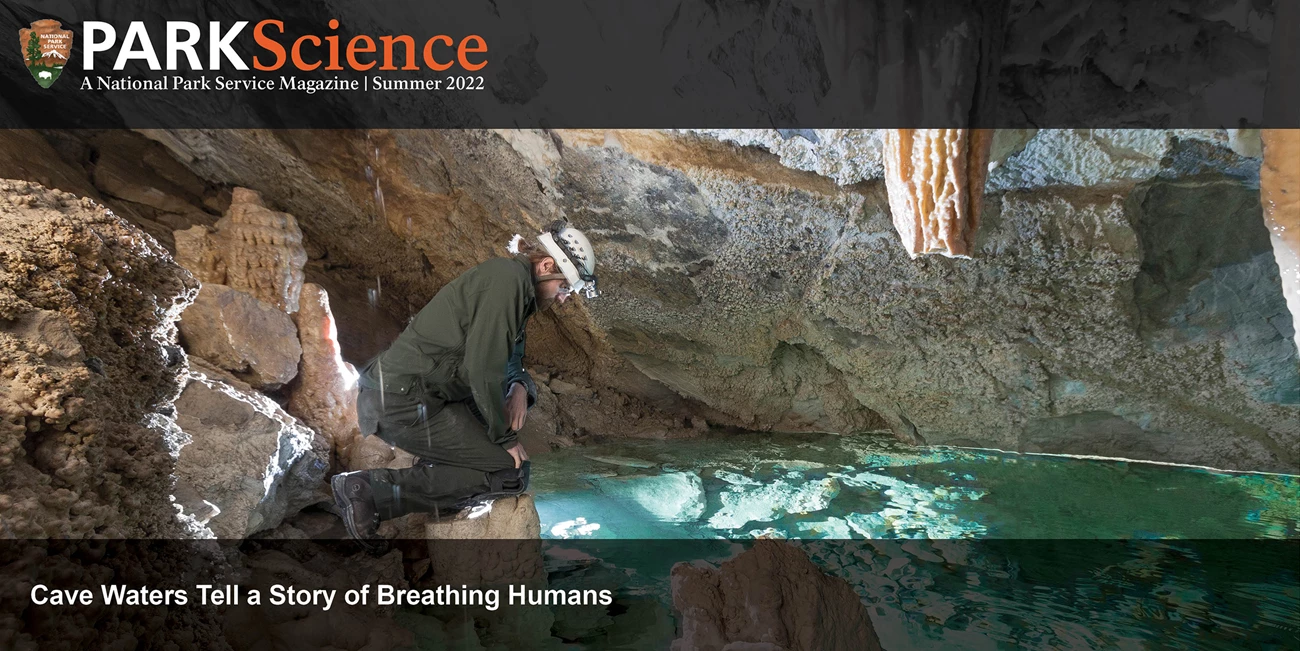
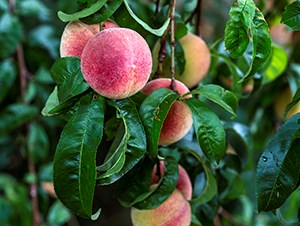
Image credit: NPS
From the Editor
Simple Things
In this issue, we look at how science is helping us restore landscapes, heal old wounds, and form new friendships across the globe.
Podcasts

Podcast | International Affairs
How "America's Best Idea" Went Global
"America's best idea" is also one of our most influential exports! International Cooperation Specialist Jon Putnam talks about the National Park Service’s global connections in science on the 60th anniversary of the agency's Office of International Affairs (22 minutes).
By Kass Bissmeyer and Cortney Gjesfjeld
Podcast | National Natural Landmarks
A Landmark Program Celebrates a Milestone
The National Natural Landmarks Program celebrates its 60th anniversary! Hear from program managers Heather Eggleston, Laurie Lee Jenkins, and Deb DiQuinzio how this program works to promote the Ice Age Floods National Geologic Trail and other amazing places (18 minutes).
By Kass Bissmeyer and Sarah Sparhawk
Image credit: NPS
In Brief

News | Salmon
King Salmon's Surprise Reign in Muir Woods
A record-breaking storm drew dozens of huge, spawning fish into a small creek at the heart of Muir Woods. They unleashed a flood of questions.
By Jessica Weinberg McClosky
Image credit: NPS / Tara Blake
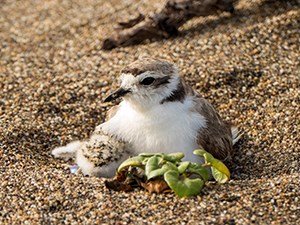
News | Plovers
Western Snowy Plovers Could Face Multiple Threats from Climate Change
A study at Point Reyes National Seashore finds habitat loss from sea level rise isn’t the only significant climate-related impact on these at-risk shorebirds.
By Matt Lau
Image credit: NPS / Matt Lau
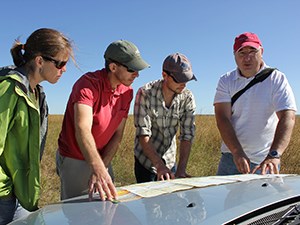
News | Park Planning
Overcoming “Analysis Paralysis” through Better Climate Change Scenario Planning
A recently published paper shares best practices for using this valuable tool.
By Gregor W. Schuurman, Brian W. Miller, Amy J. Symstad, Amber N. Runyon, and Brecken C. Robb
Image credit: NPS
Picture This
The stories behind extraordinary images and videos from the practice of park science
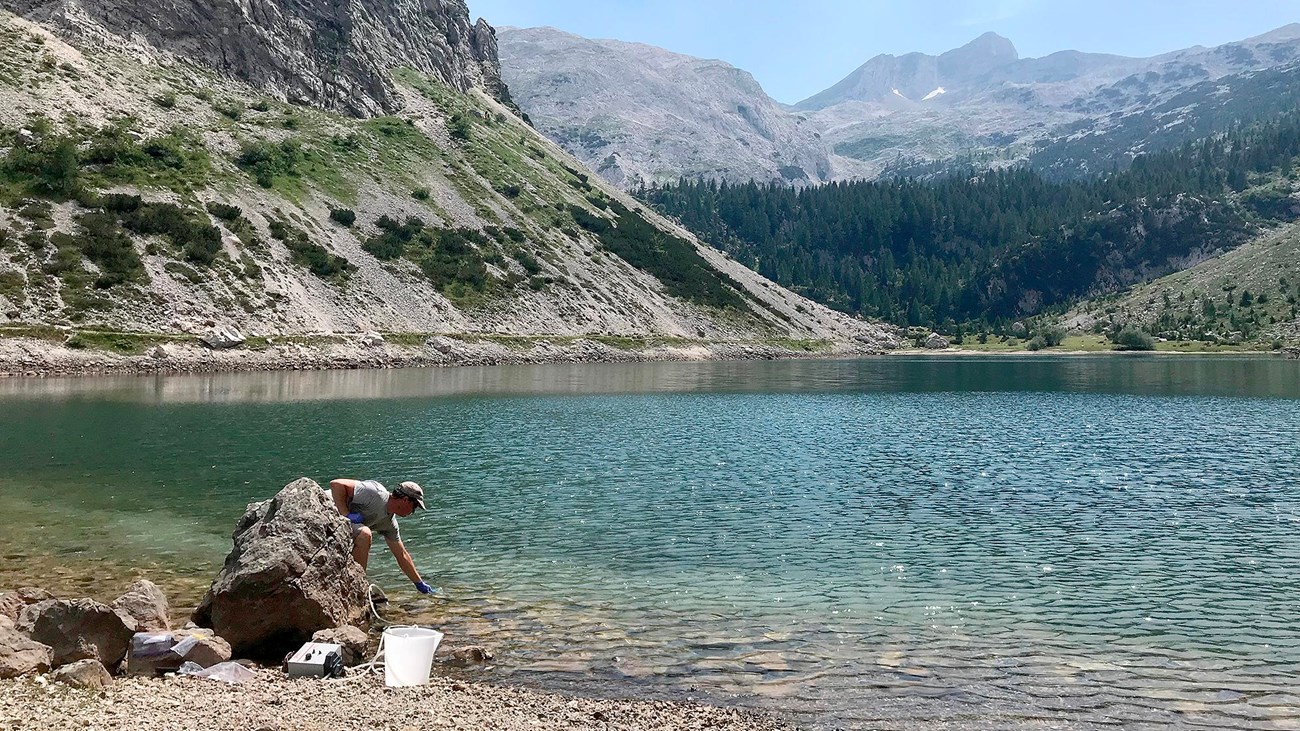
A National Park Service scientist visits Crater Lake’s European sister park to share a new DNA technique for detecting hard-to-find species.
Perspectives

Opinion | Park Planning
The Prescience of Desired Future Conditions
Landscape restoration goals must intersect with deeply imagined park planning to realize the future we want.
By Davyd Halyn Betchkal
Image credit: NPS / D. H. Betchkal
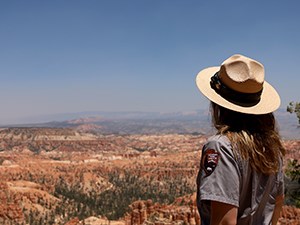
Opinion | Hoodoos
We Don’t Know What Will Happen to Bryce Canyon’s Hoodoos
Only one scientific study about the effect of temperature on these iconic rock spires has ever been done. Without knowing more, the effect of a warming climate is anyone’s guess.
By Claire Crise
Image credit: NPS / Tiffany Zadi
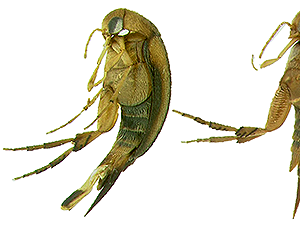
Research | Beetles
An Urban Biodiversity Refuge Yields Four Beetle Species New to Science
Inside the Washington Beltway lies a portion of the Potomac Gorge, a haven for thousands of animals and plants. Some are yet to be described.
By Brent Steury
Image credit: NPS / Brent Steury
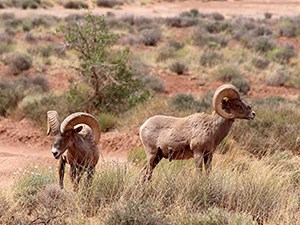
Observations | Bighorn Sheep
Bighorn Sheep Reclaimed Abandoned Habitat during the Pandemic and Had Lots of Young. Now What?
I spent weeks informally observing desert bighorn sheep during the 2020 pandemic closure. My observations show where to take our research.
By William B. Sloan
Image credit: NPS / W. B. Sloan
Features

Caves
Cave Waters Tell a Story of Breathing Humans
A long-term study in a Utah cave shows that people’s exhalations have measurable impacts on cave waters and the growth of mineral formations.
By Kirsten Bahr, with Rebecca Weissinger, Chris Groves, Andy Armstrong, and Cami McKinney
Image credit: NPS

Horticulture | DNA
How a Navajo Scientist Is Helping to Restore Traditional Peach Horticulture
Reagan Wytsalucy’s desire to help her people took her on a journey to discover the fruit’s storied heritage—and reconnect with her own.
By Susan Dolan, with Reagan Wytsalucy and Keith Lyons
Image used by permission of Reagan Wytsalucy
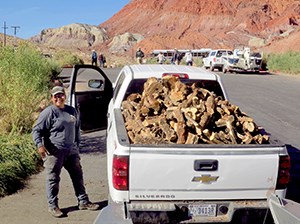
Invasives | Archeology
Parks Look for Ways to Alleviate Glen Canyon Dam’s Downstream Impacts
Vegetation experiments are helping restore Colorado River sites in Grand Canyon and Glen Canyon.
By Lonnie H. Pilkington, Joel B. Sankey, Daniel L. Boughter, Taryn N. Preston, and Cam C. Prophet
Image credit: NPS / Taryn Preston
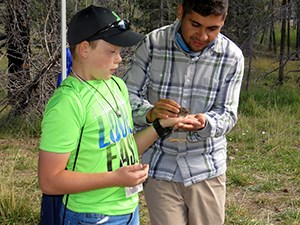
Migratory Birds
Bridging Boundaries to Protect Migratory Birds
U.S. national parks are part of an international network tracking vulnerable migratory birds. They are also vital training grounds for future bird conservationists.
By Sarah Milligan, Sarah Stock, Steve Albert, and Dave Trevino
Image credit: NPS
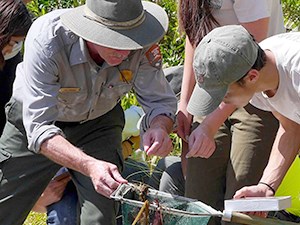
Dragonfly Mercury Project
How an Insect Became a National Park Service Superhero
Through the power of partnerships, the Dragonfly Mercury Project elevated the importance of a commonly found insect. It also showed that citizen science can be a potent research tool.
By Colleen Flanagan Pritz, Katherine Ko, Sarah J. Nelson, and Collin A. Eagles-Smith
Image credit: NPS / Colleen Flanagan
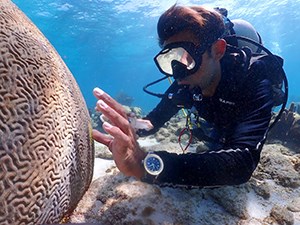
Coral Reefs
Buck Island’s Corals Get Relief from a Deadly Disease
Through trial and error, outreach, and a small army of volunteer divers, scientists slow the progress of one of the Caribbean’s most lethal coral diseases—for now.
By Kristen A. Ewen
Image credit: NPS
About This Issue
Last updated: January 14, 2025
